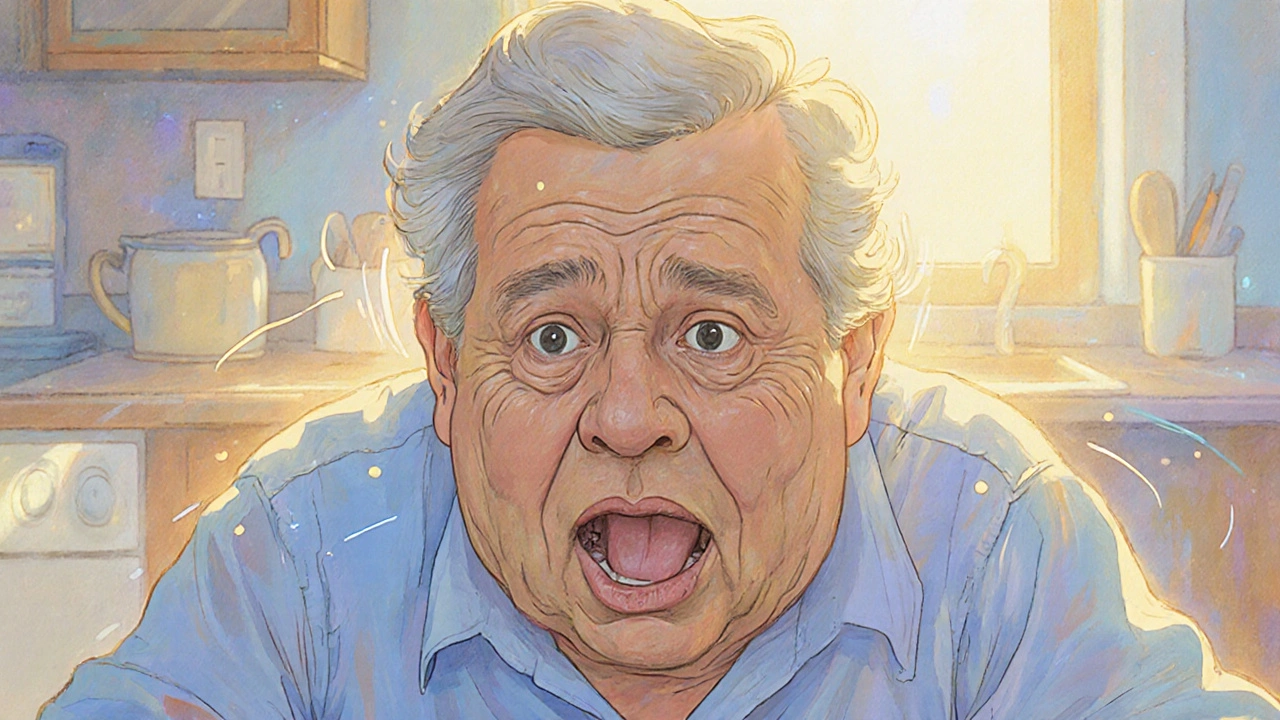Baclofen Dosage: What You Need to Know About Strength, Timing, and Safety
When you're dealing with baclofen, a muscle relaxant and GABA-B agonist used primarily for spasticity and sometimes off-label for alcohol dependence. Also known as Lioresal, it works by calming overactive nerves in the spinal cord that cause stiff, painful muscles. But getting the baclofen dosage right matters more than most people realize. Too little won’t help. Too much can cause dizziness, confusion, or even seizures. It’s not a one-size-fits-all drug—your dose depends on why you’re taking it, your age, kidney function, and how your body reacts.
Baclofen is most commonly prescribed for muscle spasm treatment, a condition often caused by multiple sclerosis, spinal cord injuries, or cerebral palsy. For these cases, doctors usually start low—around 5 mg three times a day—and slowly increase by 5 mg every few days until symptoms improve or side effects appear. Most people find relief between 20 and 60 mg daily, split into three or four doses. But some, especially older adults or those with kidney issues, may need less. If you’re using baclofen for alcohol dependence, a growing off-label use where it helps reduce cravings and withdrawal symptoms, doses can go higher—sometimes up to 80 mg daily—but only under close medical supervision. Never adjust your dose without talking to your doctor. Stopping suddenly can trigger dangerous withdrawal, including hallucinations or seizures.
It’s not just about the number on the pill bottle. Timing matters too. Taking baclofen with food can ease stomach upset. Spreading doses evenly through the day helps keep blood levels steady. And if you’re also on other meds—like painkillers, sedatives, or antidepressants—your doctor needs to know. Interactions can make you overly sleepy or slow your breathing. While baclofen alternatives, like tizanidine, diazepam, or dantrolene, may be used if baclofen doesn’t work or causes too many side effects, none work exactly the same way. Baclofen’s unique action on GABA-B receptors makes it stand out for certain types of spasticity.
What you’ll find below are real, detailed comparisons and guides from people who’ve used baclofen—or switched away from it. You’ll see how doses changed over time, what side effects showed up, and what worked when other drugs didn’t. Whether you’re just starting out, struggling with tolerance, or exploring other options for muscle control or alcohol recovery, these posts give you the unfiltered facts—not marketing, not guesses, just what people actually experienced.

Baclofen for Tardive Dyskinesia: An In‑Depth Look
Explore how baclofen, a GABA‑B agonist muscle relaxant, may help reduce involuntary movements in tardive dyskinesia, covering dosage, evidence, risks, and comparisons with other treatments.